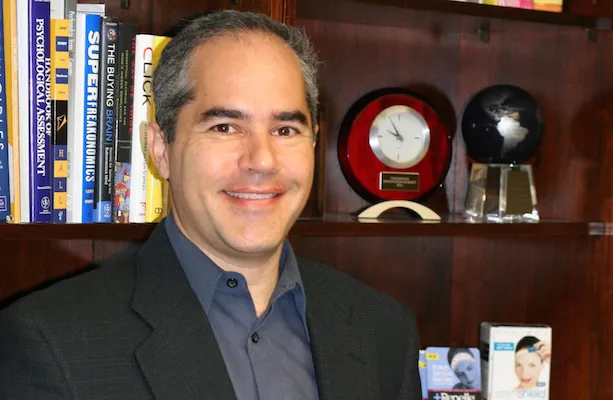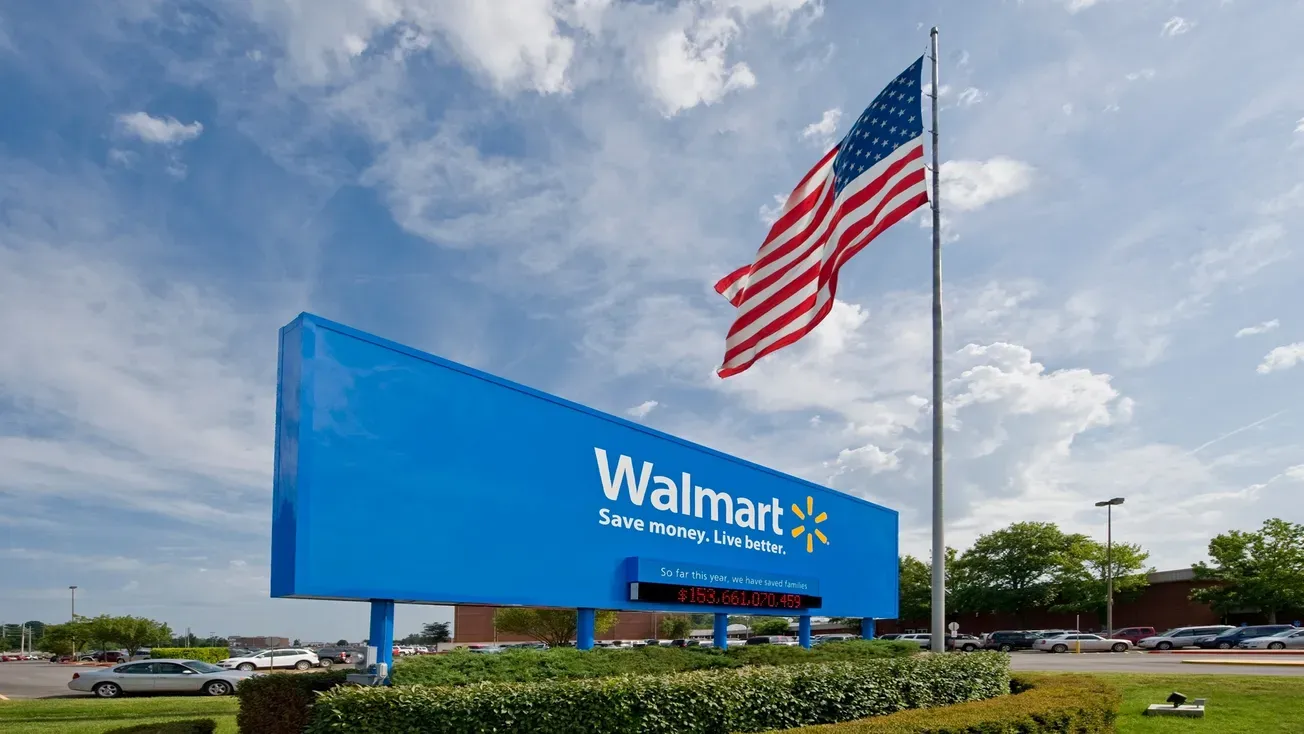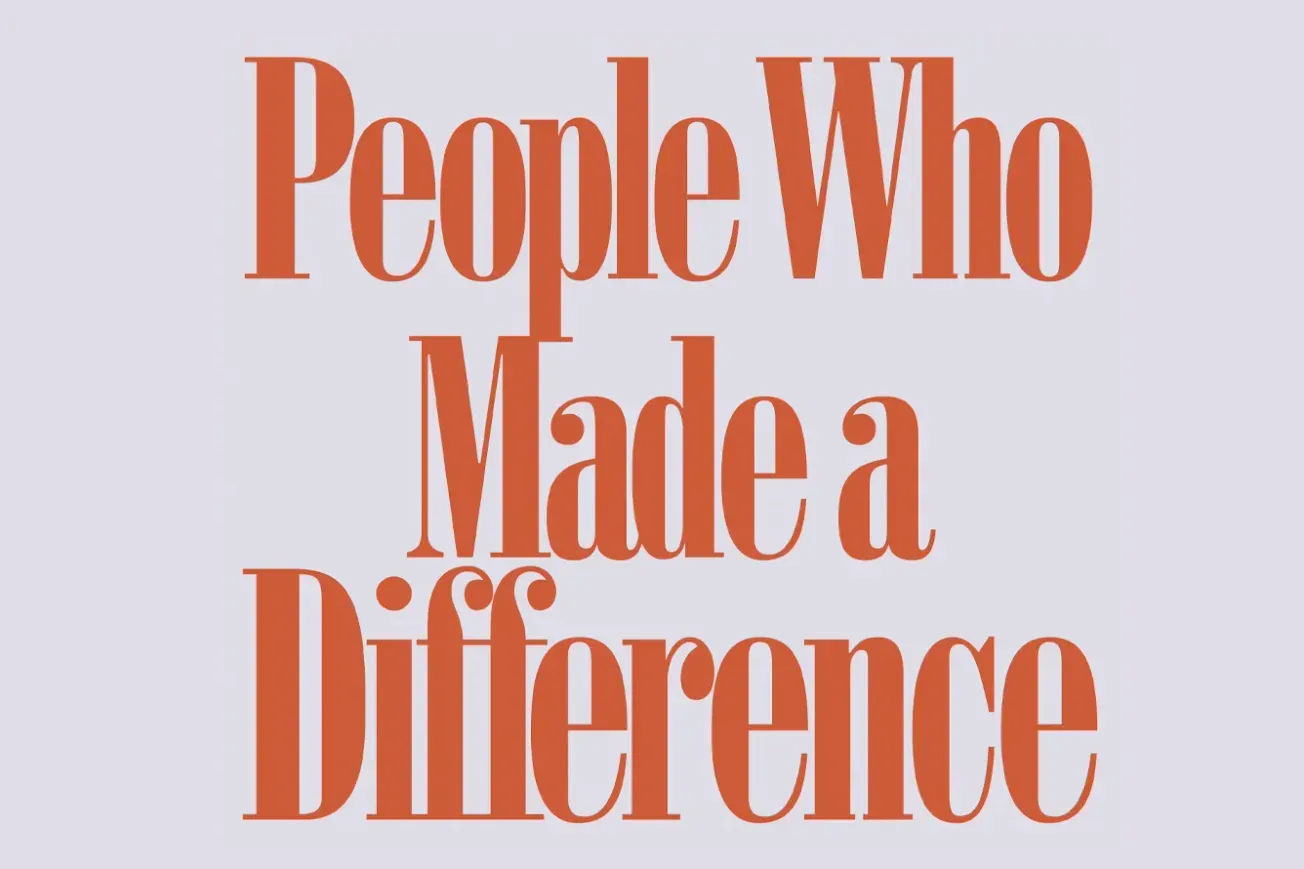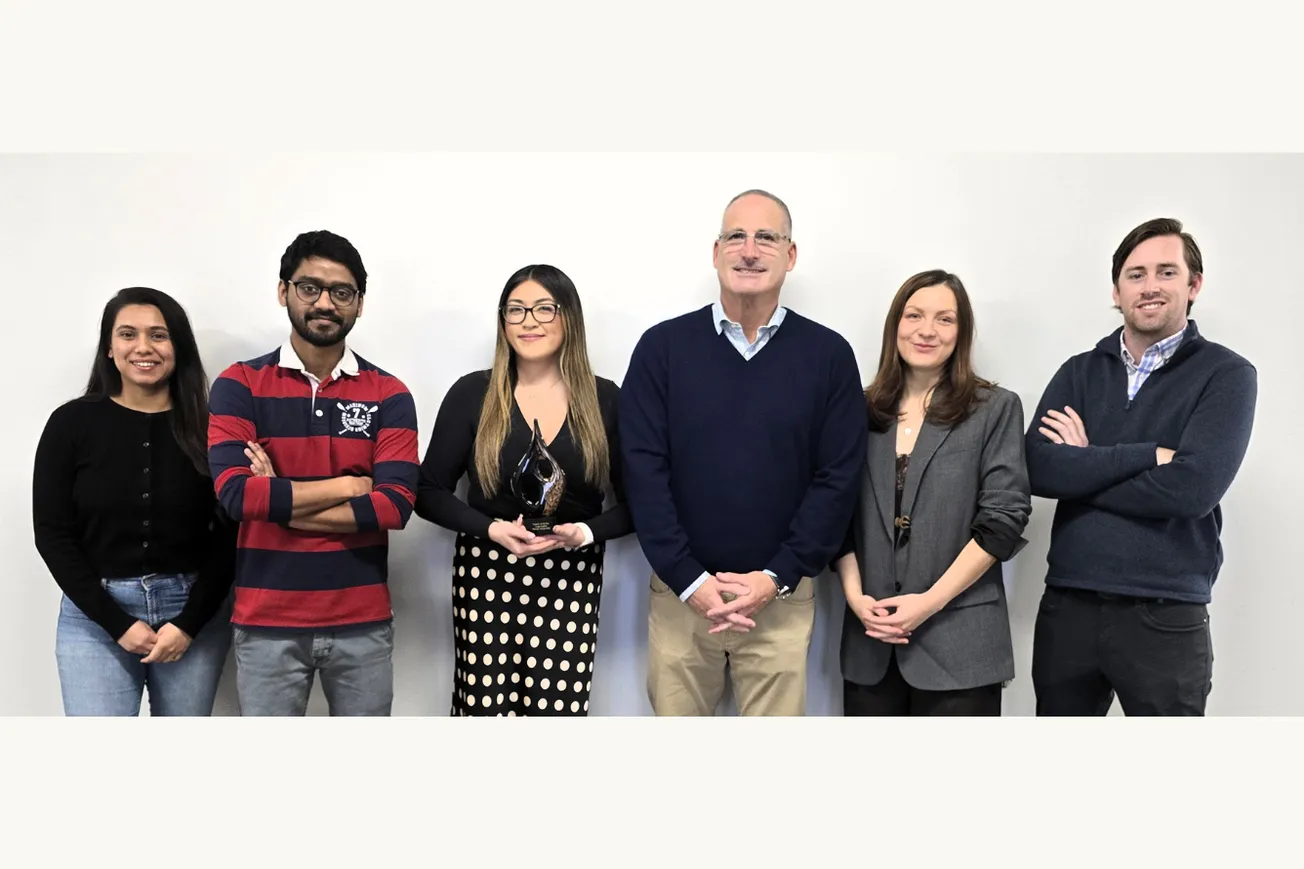While retailers’ marketing and innovation staffs and capabilities have expanded dramatically over the past 20 years, their investments haven’t always kept pace with the market research advances that fuel national brand success. And retailers vary in the degree to which they leverage the most sophisticated market research approaches available.
Big data provides unique value but doesn’t have all of the answers, as it lacks insight on the whys, and backwards-looking data can’t help you choose or improve future marketing initiatives or private label launches.
Jeff Goldstein, president of AcuPOLL Precision Research
At AcuPOLL Precision Research we’ve worked with a number of leading retail chains in the drug, grocery, mass and convenience channels, as well as other chains such as restaurants, coffee shops and accessories retailers, that go well beyond “listen to thy customer” to utilize best-in-class market research techniques, generating crystal-clear consumer insight to help increase traffic and innovate more successfully with their own private label brands. Here’s how:
Store traffic starts with getting people “in the door,” and in classical marketing parlance that begins with developing and optimizing a strong positioning (or concept) and advertising message. As most retailers know, if you haven’t developed and validated a “brand” message for your store that is unique and appealing to your customers, you do not have the foundation to succeed.
From a research standpoint, it’s critical that you assess your brand positioning among both your customers and your competitors’ shoppers, and utilize the most precise and actionable techniques for optimizing your message.
In one recent study, a leading eyewear chain worked with an expert innovation consultancy and employed a series of focus groups to develop six compelling concepts. Then, not only did our quantitative concept research enable us to determine which concepts were strongest in interest and uniqueness, but our analytical technique, known as Message Distillery, identified which 11 of the 43 insights, benefits and reasons-to-believe that were reflected across those concepts were most appealing. These were crystallized further into three core themes that could be combined to create a “super concept” with potential to generate maximum interest across both its customers and its competitors.
Of course, marketing concepts need to be translated into effective advertising. Too often, advertising insights are developed in focus group or ethnographic research but research then stops at the most critical juncture: choosing which campaign direction(s) to pursue and deciding how best to bring executions “to life.”
The pivotal decisions of which campaign direction(s) and specific ad execution(s) to pursue are too often made based on either the wrong type of research (focus groups, which lack the base sizes or controls against bias for important decisions) or no research at all (i.e., with key creative decisions determined by HiPPO, “the highest-paid person’s opinion” in the room).
A more advanced approach is to leverage in-person “qual-quant” research sessions during the campaign development phase. Iterative learning sessions are conducted with 30 to 50 consumers at a time, using proprietary keypads or our recently introduced iPad system to collect feedback. This provides the confidence and hard numbers of quantitative research, plus probing via our Predictive Qualitative methodology for on-the-spot insight, to “peel the onion” on how to bring out the best in campaigns.
This technique has been embraced by drug and grocery retailers, top U.S. ad and shopper agencies, leading beauty and food companies, and even a Major League Baseball team. Some examples:
• It was used to identify the best campaign direction for driving traffic to a leading drug chain.
• A leading shopper-marketing agency used it to choose the most effective promotional campaigns and improve specific executions to attract Millennials to a specific retailer based on motivational impact, distinctiveness, and impact on customers’ opinion of the retailer as well as their shopping habits.
• It was used to optimize shelving configuration and merchandising communication for a key aisle in a home improvement chain.
Research plays an invaluable role in the innovation process as well, as retailers everywhere evolve from a “national brand equivalent” mentality to using their private brands strategically, whether to lead innovation in targeted categories or differentiate from retail competitors. Here are some more examples of how sharp market research approaches advanced innovation progress:
• Consumer understanding (soft drinks): We combined deep understanding of category trends and what drives/limits interest, with “in the moment” reactions via a mobile study at shelf, highlighting opportunities for new products and flavors, packaging improvements and cross-promotion opportunities.
• Concept and product (coffee): Research a few years ago helped a national coffee chain to develop six new frozen coffee drink concepts and ensure concept-product synergy in taste tests, thereby helping to build a successful new frozen drink platform for the industry.
• Graphic packaging (beauty): Research determined (1) whether the best private brand packaging approach would be more evolutionary or revolutionary, (2) the impact on “find time” and preference at the shelf, and (3) how to optimize appeal, uniqueness, and impact for both men and women.
• Graphic and structural packaging (pet products): Research determined which of several package designs had the greatest appeal, stacked up best against premium-branded competitors, generated credibility comparable to pet specialty brands, and had the best pet images to convey the brand character. Structural packaging testing via in-person “qual-quant” sessions better illustrated the (potentially negative) impact of moving from one package to another on value perception, convenience and more.
All of these are examples of ways to drive retailer success, whether by generating traffic or driving private label success, through well-conceived, leading-edge research.
Use research partners who are able to adapt to the unique considerations of the retail business. It’s also critical that suppliers are willing to customize their surveys and mix-and-match techniques to perfectly address the retailer’s objectives: solving your brand’s key strategic questions, sharpening strategies, discovering insights and strengthening your ideas, ads, displays and more.
The greatest successes come from making a commitment to a program — not just a project — in which your partner can build an efficient system for repetitive evaluation.
Major manufacturers and leading retailers have advanced well beyond “listen to thy customer,” and best-in-class market research techniques will make the difference in determining which retailers win the hearts and minds of consumers long into the future.
Jeff Goldstein is the president of AcuPOLL Precision Research Inc. (www.acupoll.com), a leading market research firm specializing in providing greater clarity for better decisions in early-stage innovation and major marketing initiatives.









